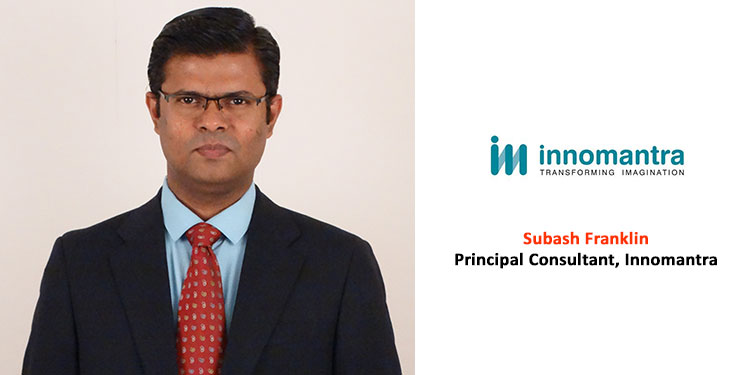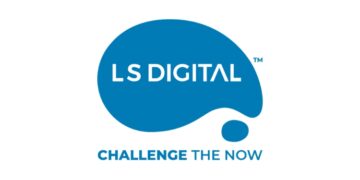Innovation is the best tool for established brands to maintain leadership and also for start-ups to disrupt established brands. Perfecting the implementation makes all the difference.
The starting point- Identifying gaps.
Brands such as Google, Uber, Airbnb, closer home D-Mart, Bounce all these brands did not start with advertising as a means to build their brand. They launched with a customer benefit that found traction in the market and then used mass media to scale. One thing we have to remember is that the foundation of these businesses/brands was always a new customer benefit. Through their business model or product innovation, they were able to offer better value, better experience, speed, certainty or a new benefit dimension which the established brands or market lacked and customers wanted. It is by identifying these gap that start-ups sling the market leader. They delivered on an unmet customer need, or even created better experience across the customer value chain from planning, buying, using, maintaining and even disposing. Value chain innovation can take the form of increased productivity, simplicity, convenience, transparency, risk reduction, social image or even environment friendliness. What is important to note here is that there are multiple nodes of innovation along the customer value chain. It has to be mapped scientifically to spot where the customer is struggling and where most significant value addition can happen. This process if done right will make the customer switch, come into your brand fold and make customers stay loyal.
There are multiple nodes of innovation along the customer value chain. It has to be mapped scientifically to spot where the customer is struggling and where most significant value addition can happen.
Understanding customer’s evaluation metrics
Unlike classical thinking with emphasized a lot on brand loyalty, in majority of the categories, customers are not brand loyal. Brands earlier played a significant role in risk reduction. But now with reviews, the part of risk reduction by brands is reducing. This was beautifully argued in the book: Absolute Value, What Really Influences Customers in the Age of (Nearly) Perfect Information by Emanuel Rosen and Itamar Simonson. Also, Customers do not start with I want to buy a brand. They begin with ‘I have a job to do. I will hire a brand which does the job best for me’. The same customer fires a brand if the job is not performed well by the brand. Jobs need not be only functional; they could be a combination of functional, personal or even social jobs. In such a situation, it is important to understand the metrics that customers are using to evaluate that job and deliver on those in the least expensive way and in a manner where there is least friction.
Customers do not start with I want to buy a brand. They begin with ‘I have a job to do.
Brand engagement does not lead to purchase
There is a notion in the market that positioning brand as a person, brand love, brand relationship, brand personality, e-mails, thank you& birthday notes etc. are what creates switch and loyalty. Look at what happened to Kodak or even Hertz? Didn’t people love and engage with those brands? When better products and services came into the market customers switched. Now the same framework can be used to understand the demise of Nokia or Blockbuster.
The Key: Continuous customer-centric innovation
Brands today are built and sustained on continuous customer-centric innovation. Large organizations can no longer rest on their legacy brand equity. Proof of this is the longevity of ‘Fortune 500’ companies which has come down dramatically. So, innovating for the customer is essential. Before you start on your innovation journey here are some critical questions that you need to answer- What are the nodes to innovate so that the customers will switch? What are the customer’s struggling moments across the consumption chain? What are the gaps in the market? What is the weakness of the established business? What are unmet customer needs? What needs to prioritize etc. Only if there is a clear understanding of these questions based on data and not guesswork, can organizations create innovative offerings which makes customers switch, buy or stay loyal to your brand.
The author Subash Franklin, is Principal Consultant at Innomantra’s Bangalore office and leads their Growth and Innovation practice. He is an ex-strategic planner and has worked at agencies like OMD, Ogilvy &Wunderman Thompson.
















